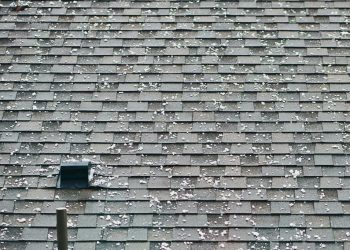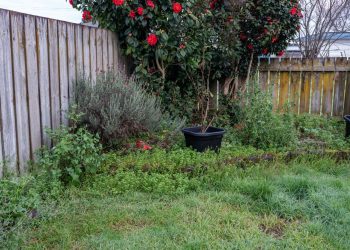A standard homeowners insurance policy covers many types of perils, but it doesn’t cover everything. Sometimes homeowners find that out the hard way – they assume that a policy covers something that it doesn’t, then feel surprised and dismayed when their property is damaged or destroyed and their insurance claim is denied.
Don’t let that happen to you. If you’re concerned about certain threats that your homeowners insurance policy doesn’t cover, you can purchase catastrophe insurance for additional protection.
What a Standard Homeowners Insurance Policy Does and Doesn’t Cover
Homeowners insurance companies offer different types of policies that cover different things. A named-perils homeowners insurance policy will only cover damage caused by a specific list of perils. Some homeowners insurance policies cover all perils except those that are specifically excluded.
Flooding, earthquakes, and several other types of perils are generally not covered under a standard homeowners insurance policy. Homeowners who want protection against those types of disasters have to purchase additional coverage.
What Catastrophe Insurance Covers
Catastrophe insurance is a type of rider that you can use to supplement your existing homeowners insurance coverage. Catastrophe insurance can protect you against one or more types of natural disasters, including hurricanes, floods, and earthquakes, as well as disasters that can be caused by people, such as explosions, terrorist attacks, and riots.
Difference between Catastrophe Insurance and Hazard Insurance
Catastrophe insurance and hazard insurance are different types of coverage. Hazard insurance covers some types of natural disasters. This type of coverage may already be included in your standard homeowners insurance policy. Catastrophe insurance goes beyond that. It covers a wider range of perils, including ones caused by humans.
How to Choose the Coverage That’s Right for You
Although catastrophe insurance can protect you against a wide range of perils, you don’t necessarily need all the types of coverage that are available. Depending on where you live, you may be more concerned about certain threats than others. For instance, your area may be at risk for earthquakes or tornadoes, but you may not be worried about the threat of a hurricane.
Think about the specific risks that your area is most likely to face and decide which forms of coverage make sense for you. You can purchase one or more riders to cover specific types of disasters.
Under some circumstances, you might be required to purchase catastrophe insurance. In areas that tend to experience certain types of disasters, sometimes the risk is so high that the state government requires homeowners to purchase insurance that covers that type of peril.











